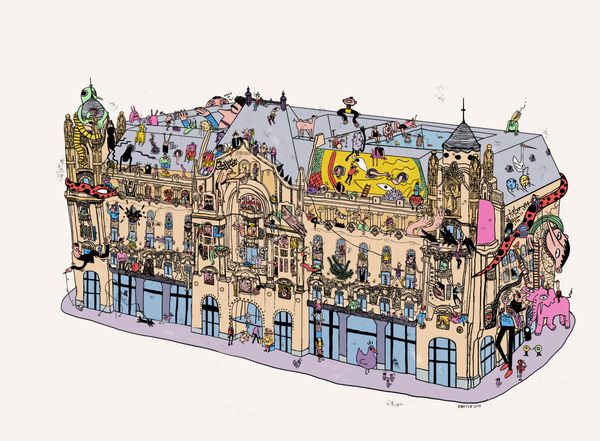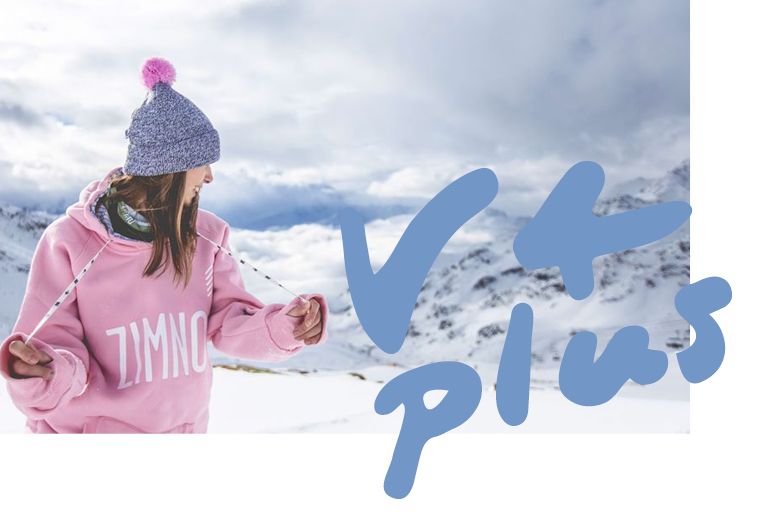Our current Polish selection is more than strong. No kidding! Let’s see for example, the T-shirt featuring Turbo bubble gum, which became the favorite of our editorial staff within minutes. We will present you the Polish pairs of the Hungarian Pinetime and SUSU keramika brands, and we will also visit a cool vintage furniture store. And if all this was not enough, we will also take a peak into the coolest city guide of Warsaw. Let’s see!
Warszawa Warsaw
Warszawa Warsaw 2 city guide arrived to our editorial office recently, and it was love at first sight. We never thought of Warsaw as a boring city, and when we flip through this fine and thick issue, we would very much like to visit the city right the next day.
The bilingual guide adjusted to today’s trends is exciting, diverse and practicable at the same time: one can find everything that is worth discovering in the city, may it be design stores, cafés, restaurants or parks. Laid-back, magazine-like style, well-though structure, fantastic pictures, and map-pages facilitating easier and simpler orientation.
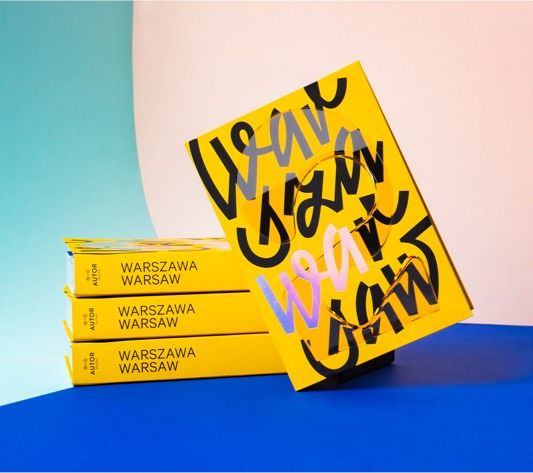
The guide was created by Agneszka Kowalska and the designer team of Mamastudio. Mamastudio is especially interesting because its members – Magda Ponagajbo, Michał Pawlik and Piotrek Ręczajski – opened one of the coolest hotels in Warsaw, which goes by the name Autor Rooms, and not by coincidence: every room in the design hotel was designed by another designer team, and the furnishings and accessories of the rooms are the works of Polish designers. If you have grown attached to the bathrobe, the eye-pads, or the mug used at breakfasts, you can also purchase them at the online store of the hotel.
How much is offered by Warsaw is also proven by the fact that this is now the second issue of Warszawa Warsaw, with more than 500 photos, on almost 400 pages. Readers can also find personal stories amongst the top 10 lists: architects, art historians, musicians and creative people talk about their relationship with the city honestly. Although we might say things like “this is indispensable” or “you can’t miss this one” a lot, this time it is for real, believe us.

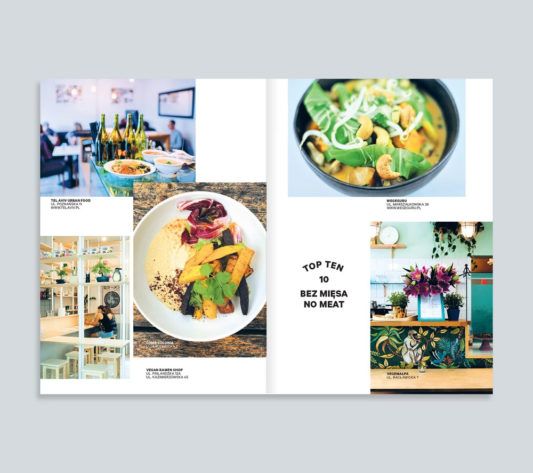

You can order the guide at the website of Autor Rooms, or you can check out the online version, where you can find other cool content, too.
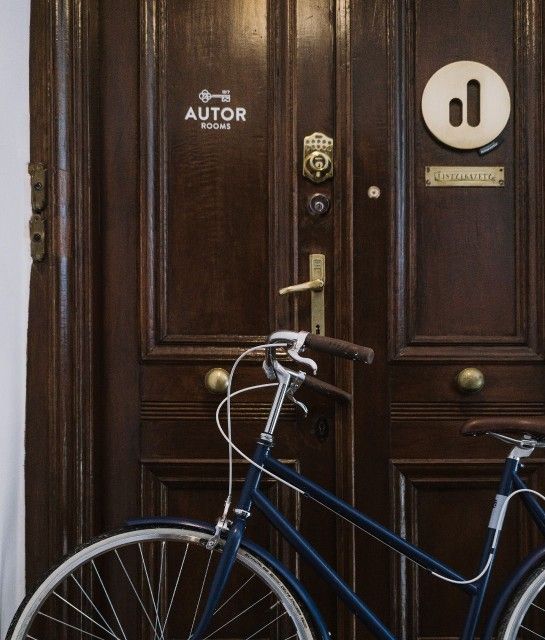
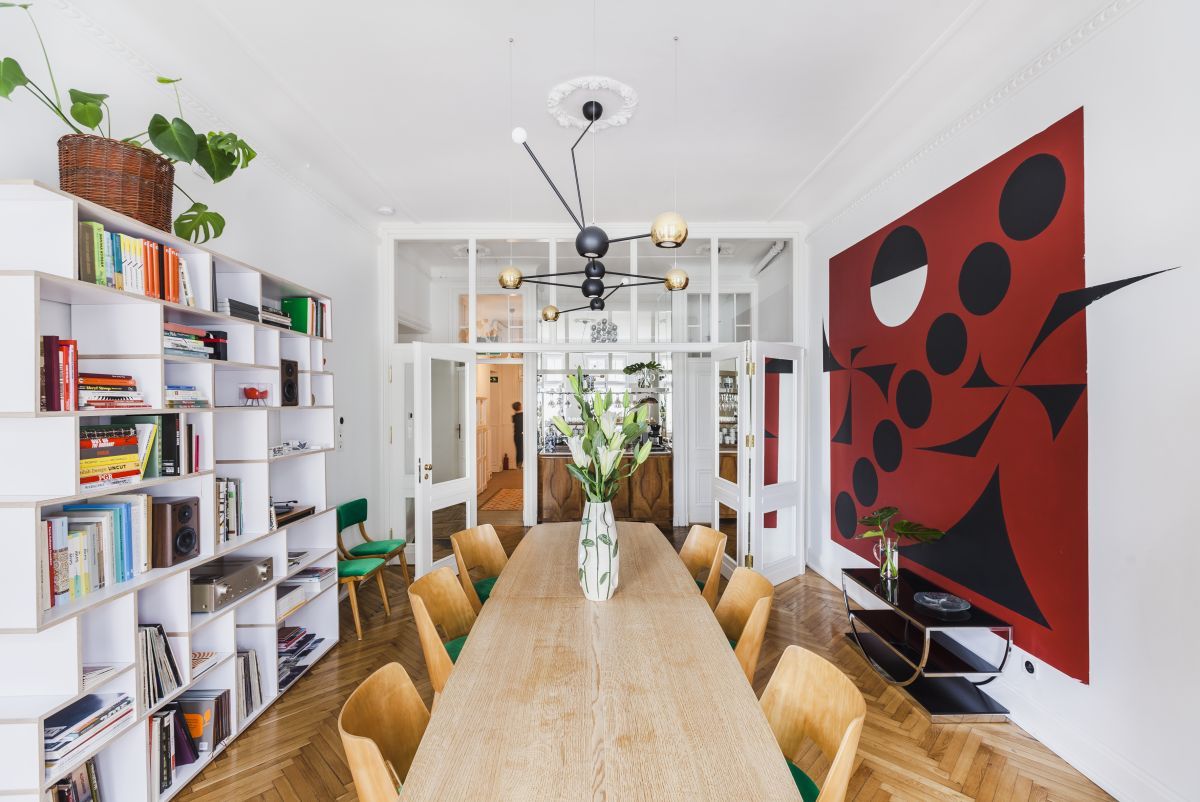
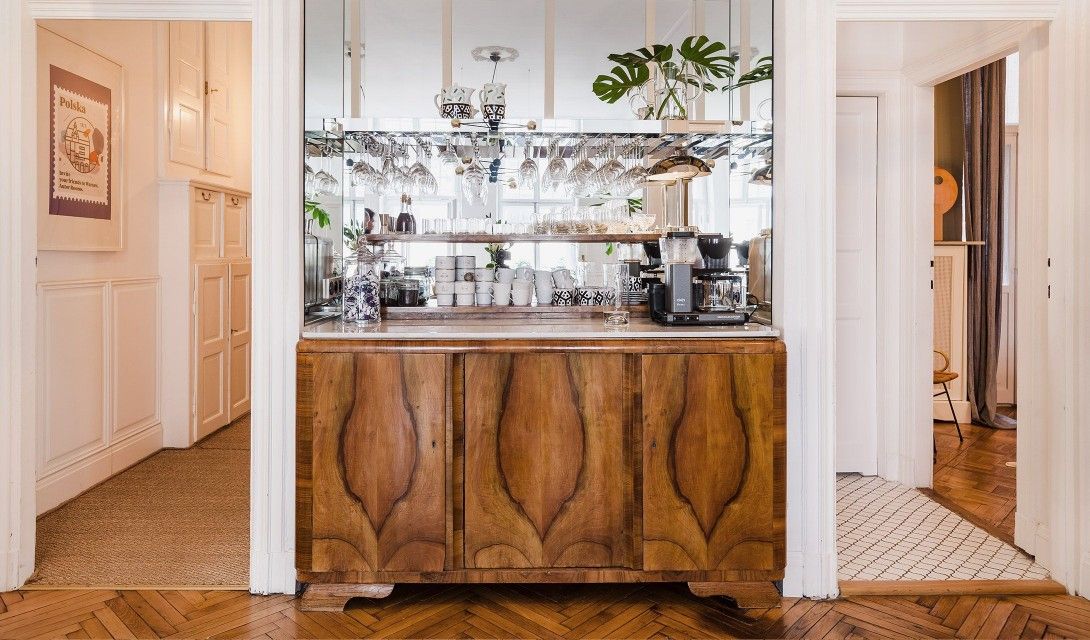

Pan tu nie stal
We have seen several variations of the “You are here” expression, now let’s see a Polish example, and not just any one. The Pan tu nie stal (meaning: “You are not here” or “You haven’t been here” – the Ed.) design store started off as a blog originally, and was founded by Justyna Burzyńska and Maciek Lebiedowicz, who had a special attraction toward the communist-socialist object culture of Poland. Justyna studied sociology, while Maciek attended graphic design school, and they piled up a great collection of everyday objects from the 1960s, ‘70s and ‘80s (book and magazine covers, labels, packagings) in their apartment. They wanted to further enhance this nostalgic mood, however, they did not want to open just another vintage store – and so they looked up the reliable Polish designers who can transmit the spirit of the era into modern design objects in a competent and stylish manner. Today, we can visit the Pan tu nie stal storesin several Polish cities: they opened their first shop in their hometown, Łódź in 2009, then they moved on to Warsaw and Kraków.
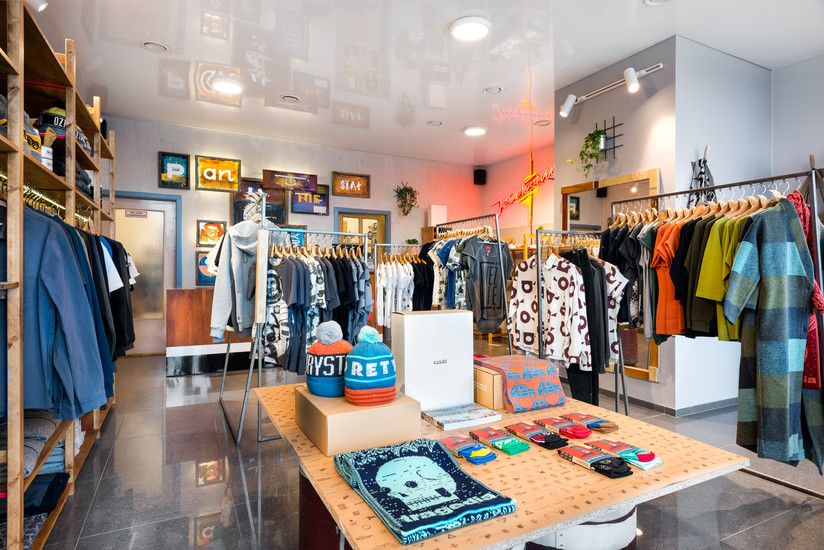
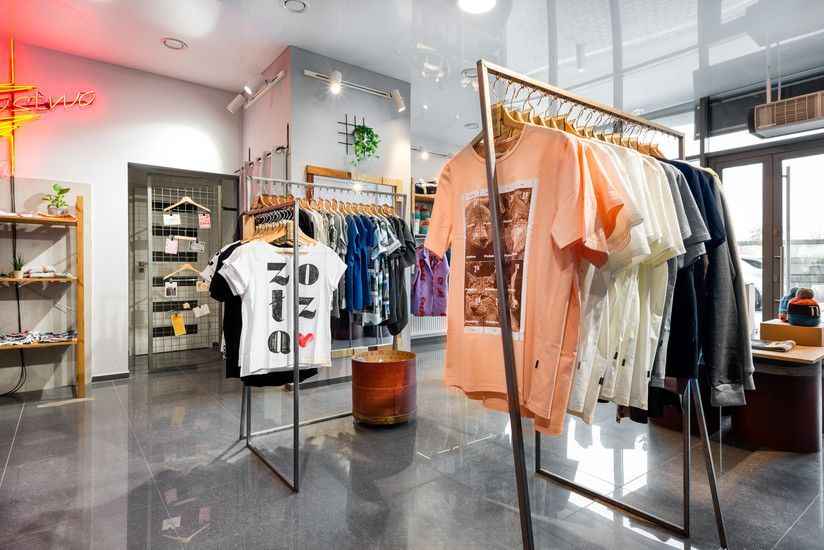
And if you thought the range of products offered by a Polish design store could hardly make your heart skip a beat, well, you would be awfully wrong. For example, when we first laid our eyes on the kids T-shirt with Turbo bubble gum, we screamed, and our hysterical joy got only bigger when we saw the tablecloth with millimeter paper pattern and the scarf displaying a housing estate, and then it finally peaked when we saw the bed linen with canteen food. And these are only some examples from their rich selection. So you’d better check out the online store right away, or visit the Pan tu nie stal store next time you are in Poland. It’s a must.
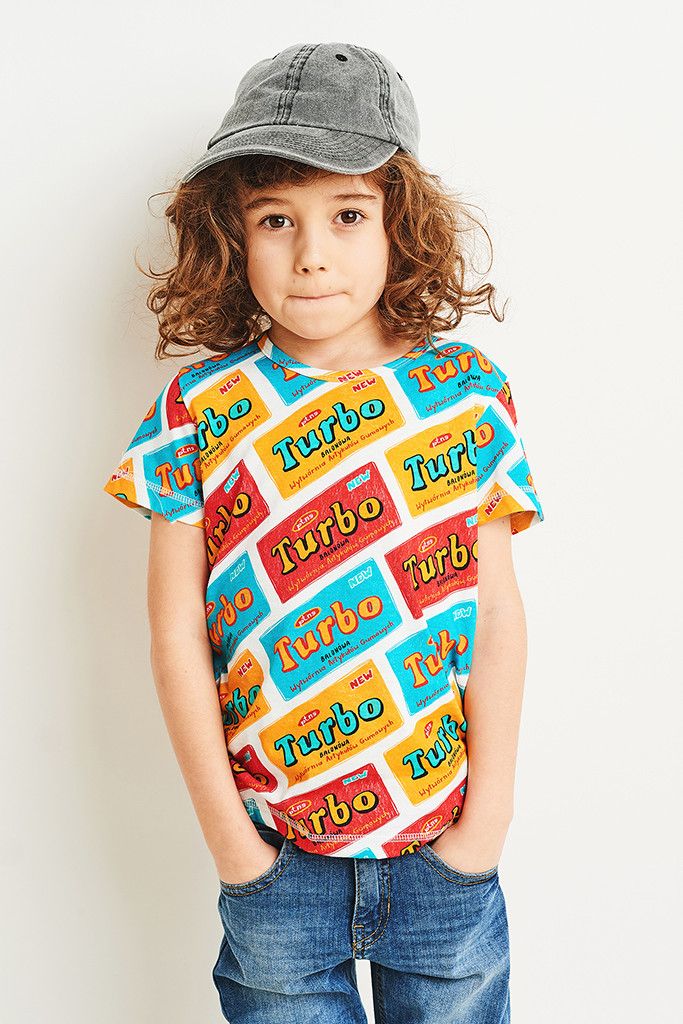
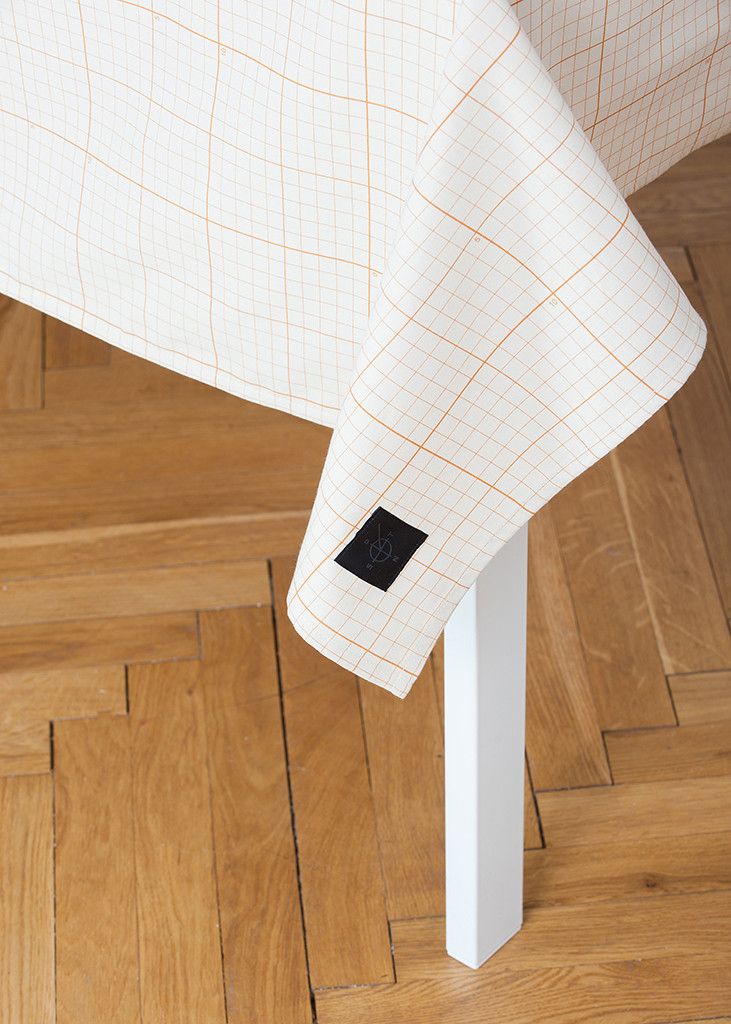
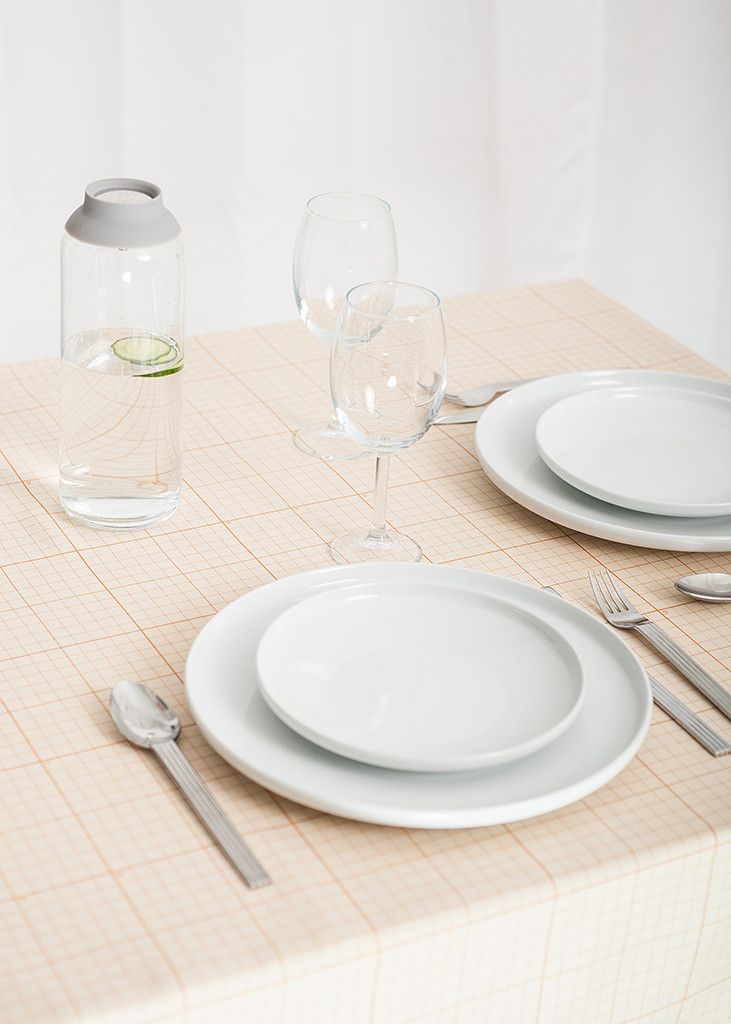

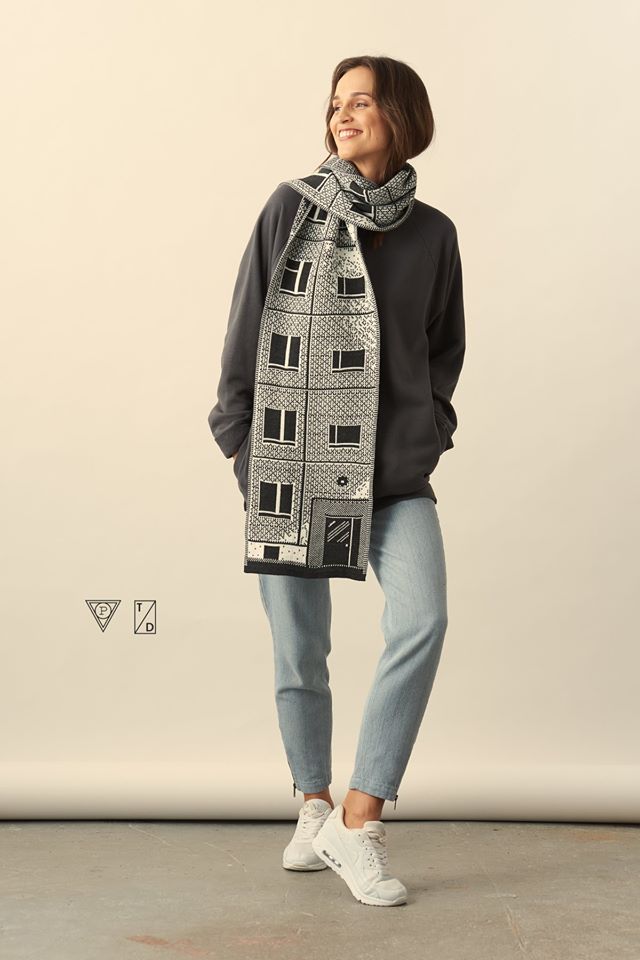
Fenek Studio
The statement that ceramic pieces should be perfect was overthrown quite some time ago. The nimbus of China dinner services used mainly on holidays did not fade a bit, but recognizing art in imperfection urged the user to be more courageous when choosing his/her everyday objects used in the household. Now we don’t have to feel ashamed if we cannot put two identical plates on the table when having guests over – quite the contrary!
If, for example, we are browsing through the pieces of the Polish Fenek Studio, we will not find two completely identical pieces for sure. The two designers, Agata Klimkowska and Antonina Kiliś graduated from the School of Form Design in 2015 together, and they already founded their own brand, Fenek Studio, a year before.
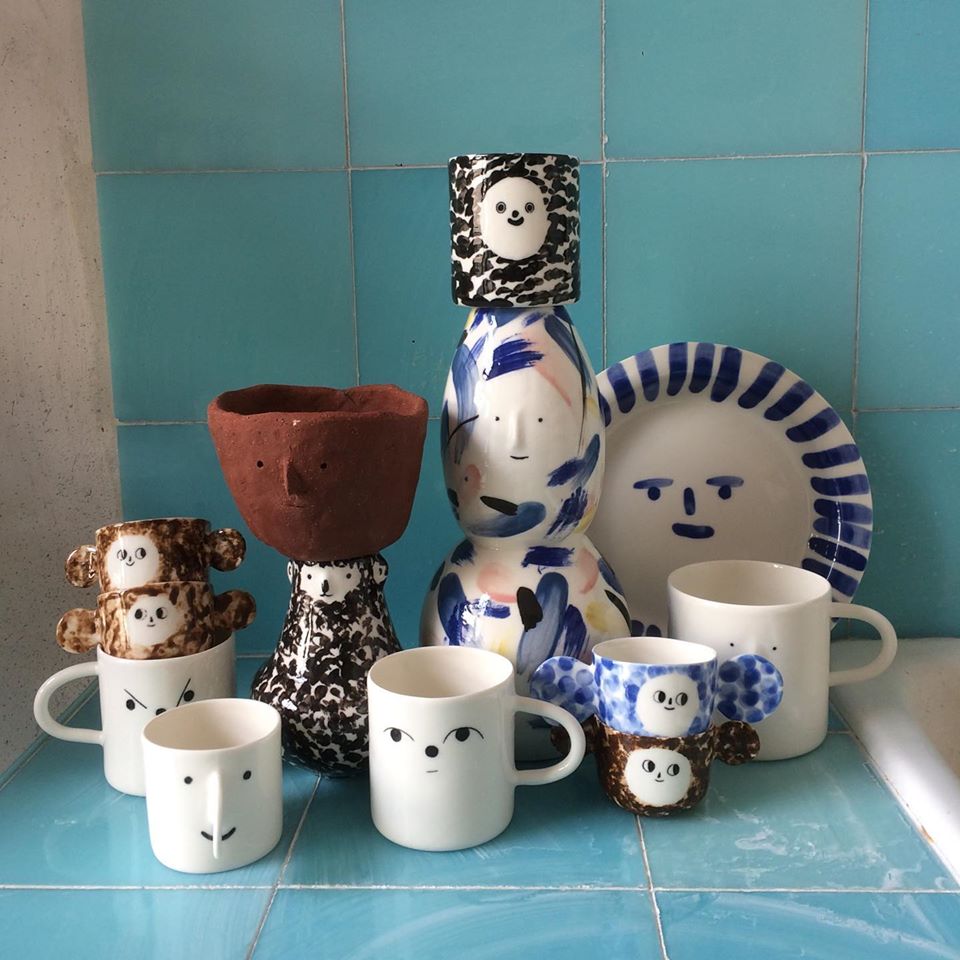
Their unique ceramic pieces are hand-made in their small workshop in Warsaw, which also functions as a store. The bowls, plates and mugs, which can be machine-washed and can be used in microwave ovens immediately make us think of the Hungarian SUSU keramika. Resemblance with drawings and humor can be observed in the objects of the Polish girls, too – maybe their color palette is slightly poorer, and they have not ventured to try golden glazing yet either, unlike the founders of SUSU keramika.
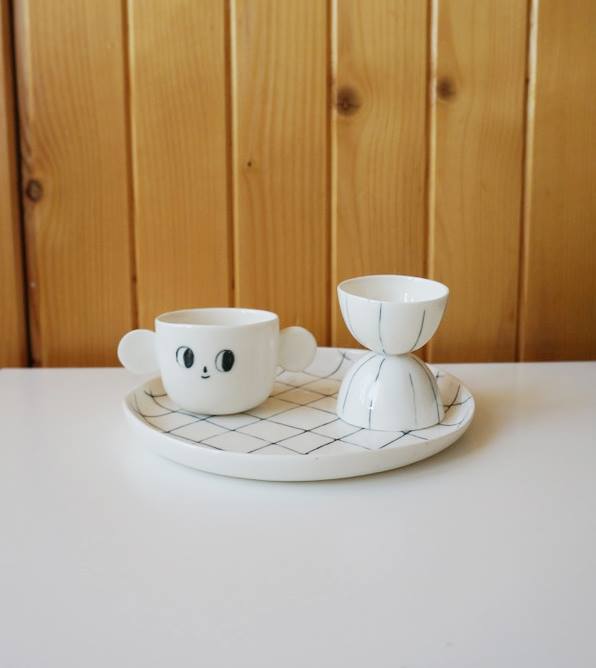
The good news is that they have an online store, so you can purchase a special piece whenever you feel like it. For example, the sunny plate, or the vase we thought displayed cats, but which in reality displays monkeys according to the description, or the supercute dog figurine. One more fun fact: just like the Hungarian Rebu Ceramics, Fenek Studio’s pieces can also be found on the shelves of DIY Art Shop in London. Wow!

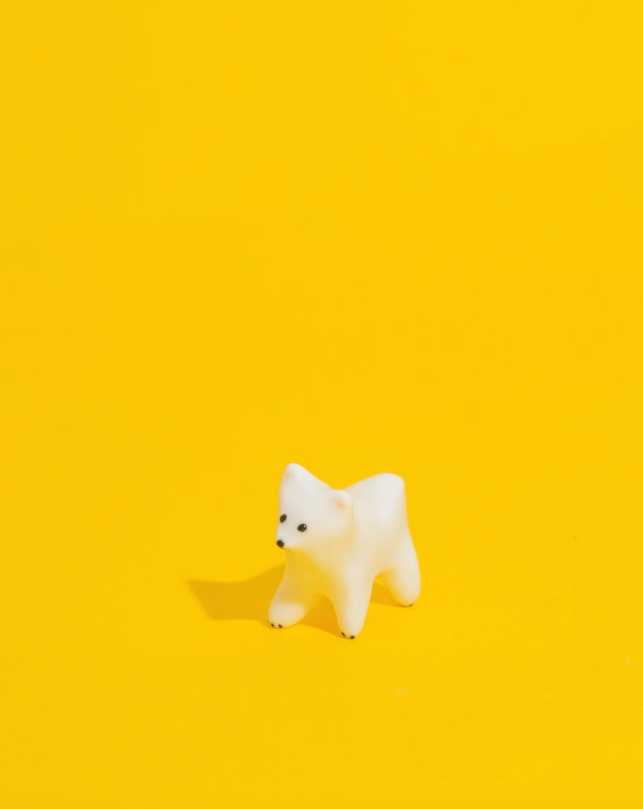

Look Inside
We discovered Look Inside vintage shop while browsing through Warsawa Warsaw guide mentioned before. One cannot only find old stuff on the shelves, but we can also browse through the products of contemporary Polish design brands. Different styles and eras engage in dialogues here: the souvenir plate portraying Pope John Paul II, the Polish’ iconic Rozyna N radio straight from the ‘60s and the bluetooth headphones of Krafun are good neighbors here.
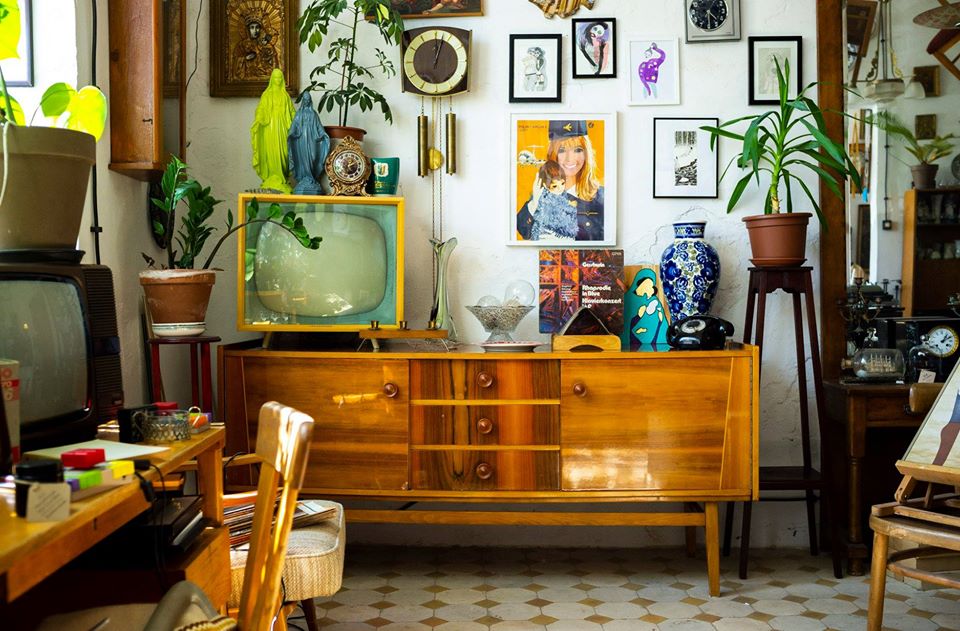

Marek Rykiel and Janek Rygiel select with good taste, so we are bound to buy at least something when we are at the store, but you can also order online. Unfortunately, to our greatest sorrow, one of our favorite Polish pieces of furniture is sold out at the moment: the seat in question is an armchair designed by Jozef Marian Chierowski, the form of which makes us feel familiar, and not by chance. Tons of similar pieces were manufactured in the 1960s at the furniture factories of former Socialist countries, and luckily, preserving common cultural treasures is considered important in all Easter-European countries. There are quite a few places in Hungary, where it is worth looking for these pieces, including, for example, Fabrika, artKRAFT or Möbelkunst, but if you are up for a contemporary interpretation, take a look at the product palette of Hunik Design. Retro furniture fans will not leave Look Inside empty-handed, as they can take the pieces of furniture defining the era with them in the form of notebooks, too.
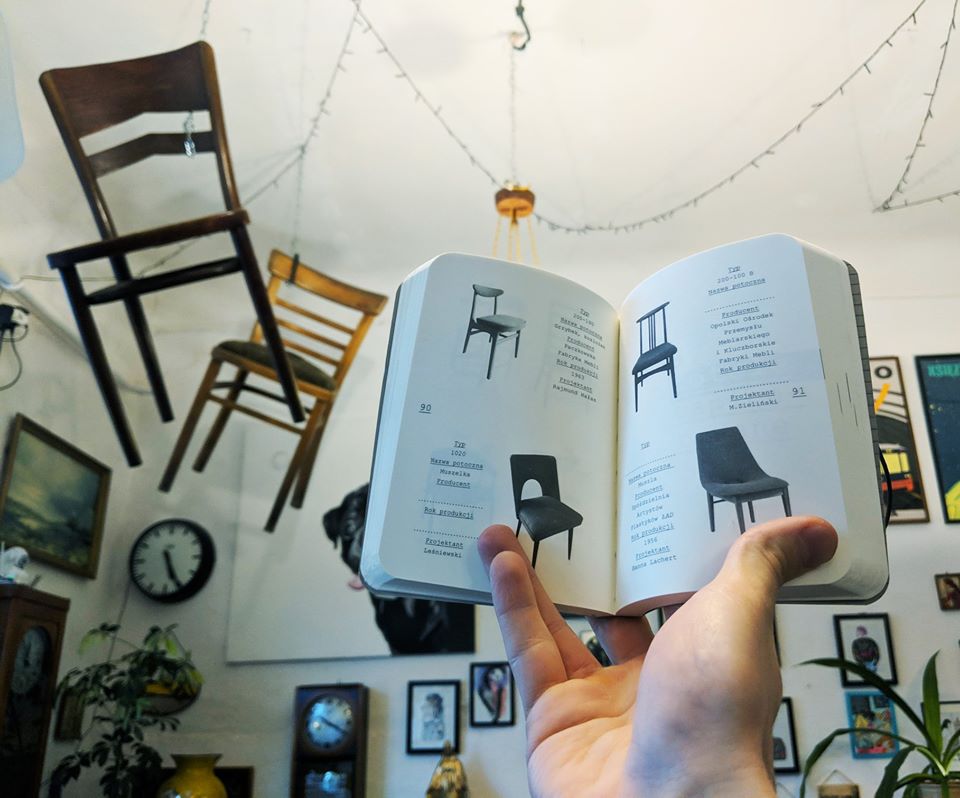
We already got lost in the product palette of Look Inside through the screen, and of course we found our personal favorites in no time. We fell in love with the works of one of the founders, Janek Rygiel immediately: the Polish panels, the trams, the metro cars, or the Palace of Culture in Warsaw are brought to life on the posters.
The extraordinary soy wax candles of La Flamme may seem surprising and odd at first: however, the candles of smaller or larger size molded into Jesuses and Virgin Marys, if you give it another thought, fit perfectly into the selection of the shop.

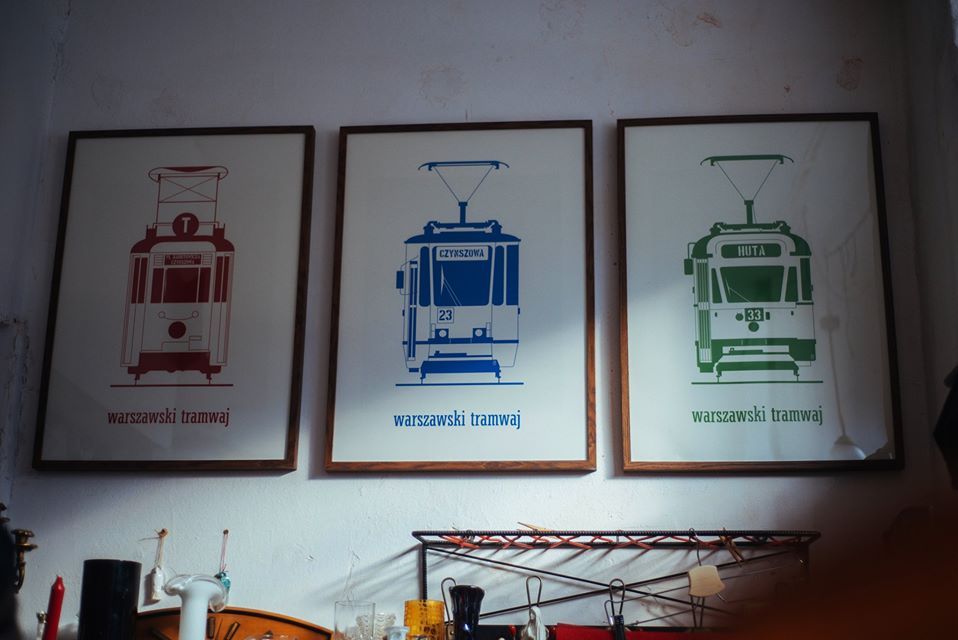
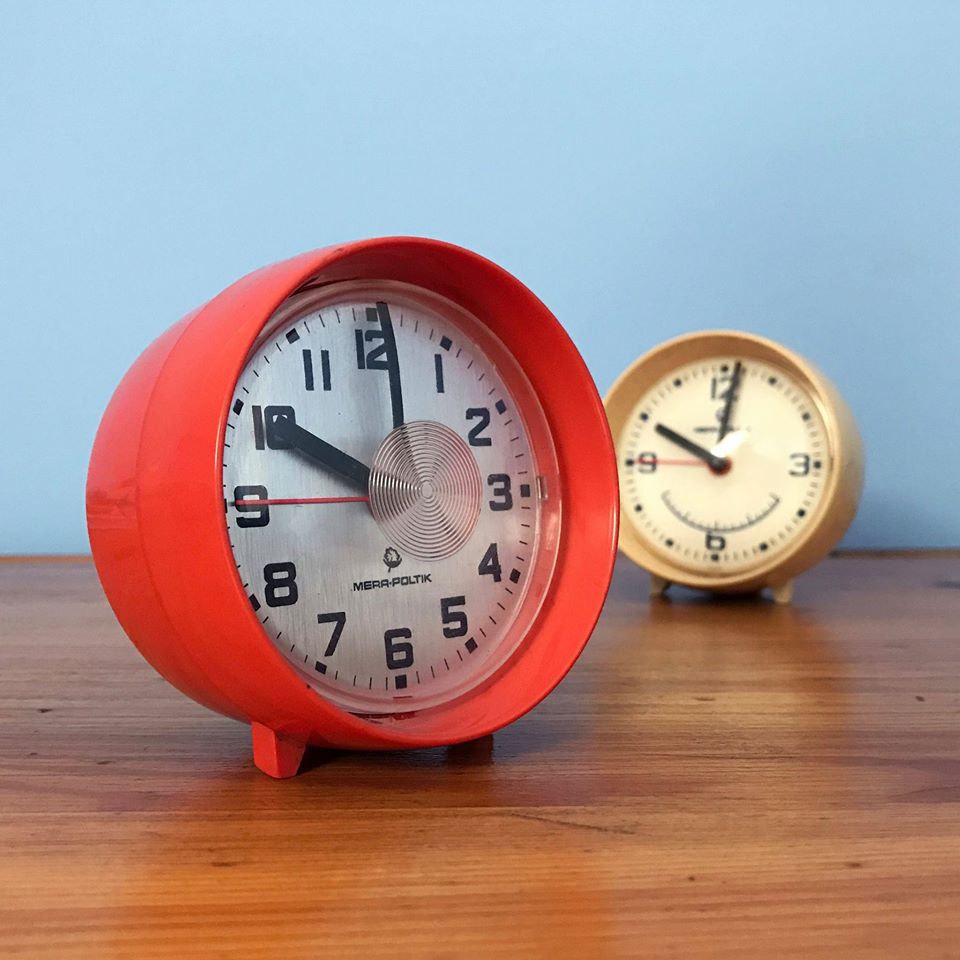

ZIMNO
What else could we offer in the freezing cold weather than a cool Polish clothing brand. The ZIMNO design brand primarily designs heavy-duty and comfortable pieces of clothing and accessories for the fans of winter sports. We kind of had the feeling as if we found the Polish pair of the Hungarian Pinetime (the pine tree motif can also be found in the logo of the Hungarian brand). Most of the hoodies, T-shirts and joggers are made of cotton. One can find fully minimal pieces in the selection with the pine icon being purely indicative, but most of the times, the ZIMNO brand name is more emphatic (“zimno”, by the way, means “cold” or “winter”).

Their latest collection also features more exciting patterns – we must highlight the longline hoodies, which keep warm your knees, too. In addition to the hats crowned with colorful, knitted bobbles, our personal favorite is the water repellent, multi-pocketed ski jacket, made for order – here such delicate details as the pine tree motif displayed on the zippers, or the pocket designed for ski passes are also worth taking note of. The practicable design cannot be a simple matter of chance, as the founders of the brand, Robert “Robercik” Sosnowski, Kuba Wolak and Jędrek Baranowski themselves practice extreme sports. In addition to clothing items, you can also check out the snowboards and ski goggles.
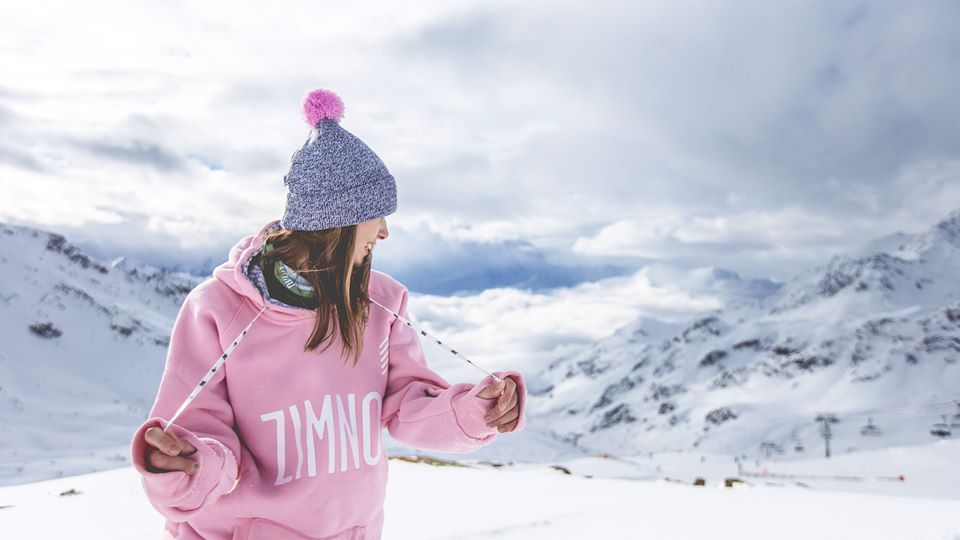


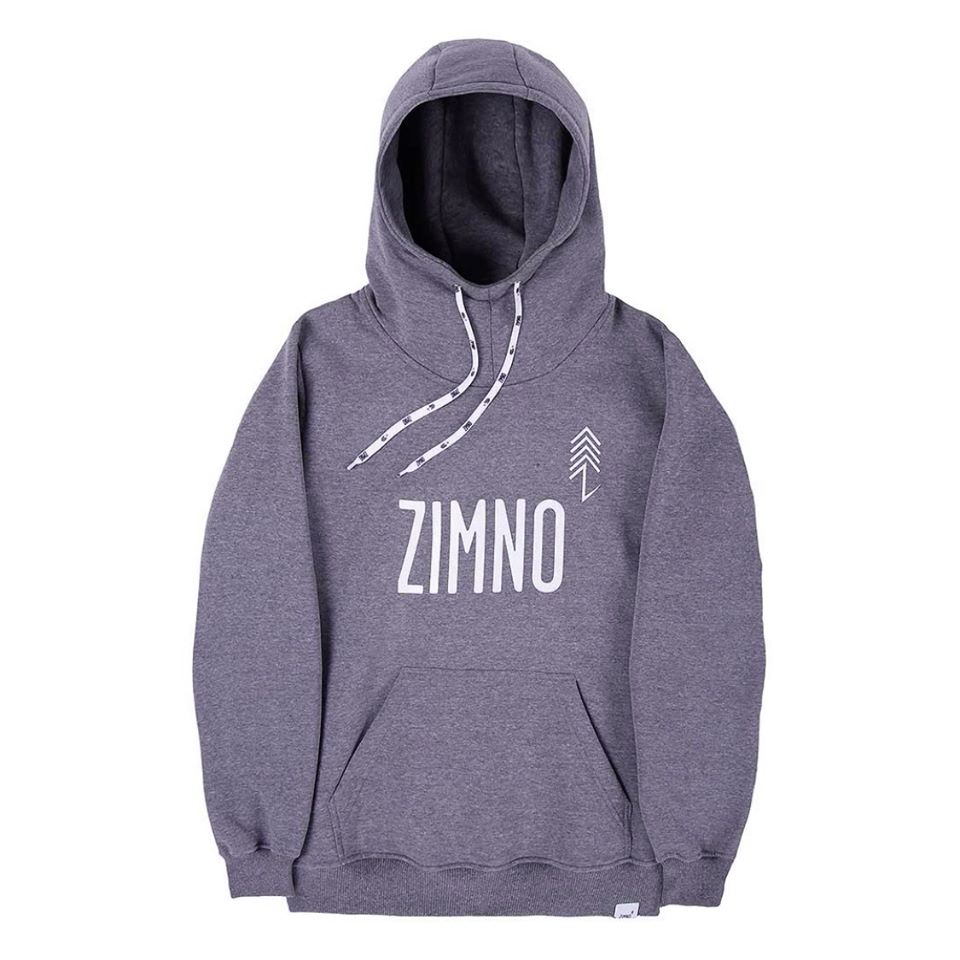
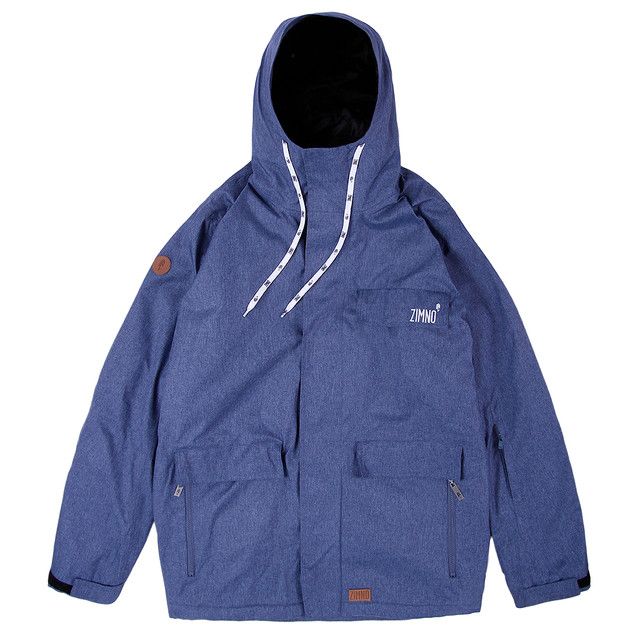
In our weekly series, we present the Czech, Slovakian and Polish brands and design spots that we consider worthy of being placed on our mental design map. It is a guide for those looking for something other than usual tourist sights.
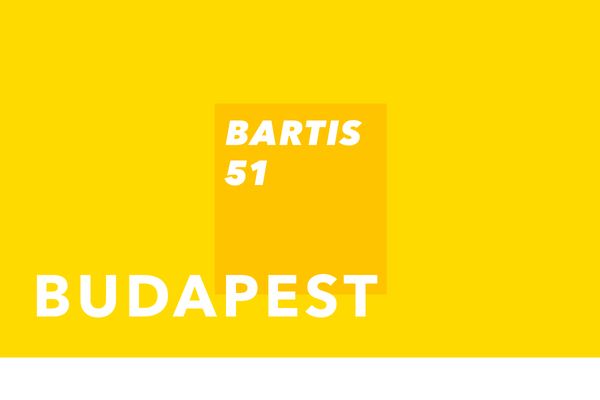
SQUARE-ANGLE – Attila Bartis

Abstract Tetris in Bulgaria
